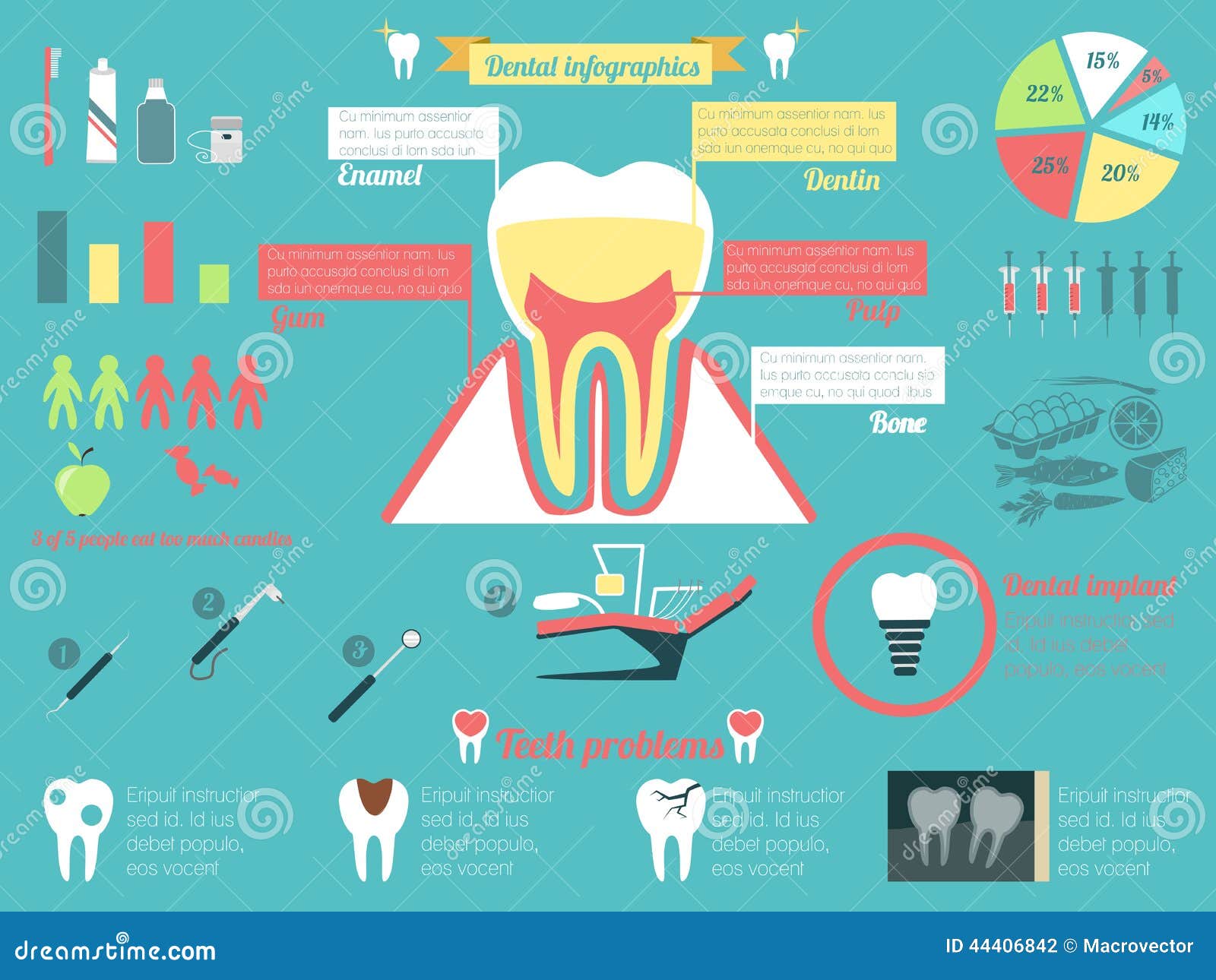Contrasting Invisalign And Traditional Dental Braces: An In-Depth Exam
Contrasting Invisalign And Traditional Dental Braces: An In-Depth Exam
Blog Article
Content Writer-Hamann Freeman
When confronted with the choice in between Invisalign and conventional braces, you could question which choice lines up far better with your lifestyle and preferences. The option entails more than just the aesthetic appeal; it explores factors like therapy period, comfort, and long-term oral health and wellness effects. Think about the impact each option may carry your daily regimen and positive self-image. As we discover the comprehensive comparison, you'll gain insights into the subtleties that make these orthodontic treatments distinct and uncover which one might be the much better fit for you.
Materials and Building
When comparing Invisalign to conventional dental braces, the products and building differ dramatically. Invisalign includes clear, smooth plastic aligners personalized to fit your teeth. These aligners are virtually invisible, making them a preferred option for those seeking a much more discreet orthodontic therapy.
On the other hand, conventional dental braces involve steel braces that are glued to your teeth. These brackets are then attached by wires and elastic band, applying pressure to progressively move your teeth into the preferred position.
The building and construction of Invisalign aligners allows for a more comfortable fit compared to conventional braces. The smooth plastic product decreases inflammation to your cheeks and gum tissues, which is a common problem with steel braces and wires. Additionally, Invisalign aligners are removable, making it less complicated to comb and floss your teeth without any blockages.
On the other hand, traditional dental braces are fixed onto your teeth, calling for added treatment and time for proper upkeep.
Upkeep and Oral Health
The maintenance and dental health practices differ in between Invisalign and traditional dental braces due to their one-of-a-kind style and building and construction.
With Invisalign, you can get rid of the aligners when eating or cleaning your teeth, enabling you to preserve your normal dental health regimen with no obstructions. It's important to clean your teeth after eating prior to placing the aligners back on prevent food particles from obtaining caught and causing decay.
On the other hand, typical braces need added focus to keep your teeth tidy. Learn Even more Here can easily obtain stuck in the braces and cables, resulting in plaque build-up and potential tooth decay. You'll require to utilize unique tools like interdental brushes or floss threaders to clean between the cables and braces efficiently.
Regular oral check-ups and cleanings are vital to guarantee that your oral hygiene remains in top condition while wearing standard dental braces.
Exposure and Aesthetics
Exposure and appearances play a considerable role in the comparison in between Invisalign and standard braces. When it comes to look, Invisalign uses a clear benefit over traditional dental braces. Invisalign aligners are essentially unnoticeable, making them a popular selection for those who prefer a much more very discreet orthodontic treatment alternative.
Unlike the noticeable metal braces and wires of traditional braces, Invisalign aligners are clear and assimilate with your all-natural teeth, allowing you to smile with confidence throughout your treatment.
Conventional braces, on the other hand, are much more conspicuous as a result of their steel components. While some might select vibrant bands to customize their braces, others may really feel uneasy regarding the presence of these orthodontic home appliances. The noticeable look of traditional braces can occasionally affect an individual's self-esteem, specifically for grownups in specialist setups.
Verdict
Finally, when choosing between Invisalign and typical braces, consider your lifestyle and preferences. Invisalign provides a discreet and comfortable choice with easy maintenance, while conventional dental braces offer vivid customization but may influence self-worth.
Ultimately, https://www.kstatecollegian.com/2017/06/21/ten-things-to-know-before-getting-your-wisdom-teeth-out-in-your-20s/ should be based on what works best for you in terms of aesthetic appeals, convenience, and convenience. See to it to consult with your orthodontist to figure out the most appropriate treatment for your individual needs.
